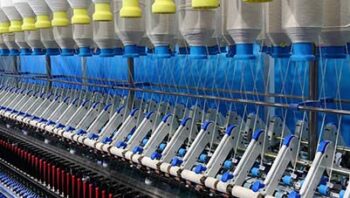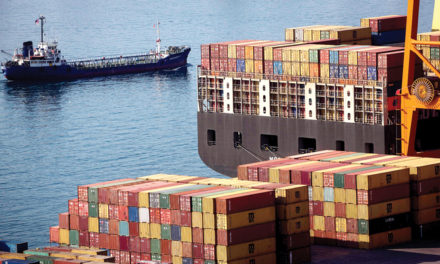 Changing role of China’s manufacturing sector in the global export value chain may lead to the creation of growth opportunities for Indian and other Southeast Asian countries, according to India Ratings and Research (Ind-Ra).
Changing role of China’s manufacturing sector in the global export value chain may lead to the creation of growth opportunities for Indian and other Southeast Asian countries, according to India Ratings and Research (Ind-Ra).
China’s strategic change towards manufacturing of high-value goods from low-value goods is evident in both inter-sector such as shift to capital goods from footwear, and intra-sector such as shift to man-made fibres from home textiles/cotton apparel. These opportunities as well as other factors such as increased self-reliance, increased domestic and global demand would be the key drivers for increased capex requirements in some of these sectors (textiles, pharmaceuticals, chemicals, capital goods and footwear), Ind-Ra said.
China was a world leader in several sectors such as home textiles and cotton apparel, but with the changing dynamics of the world supply chain, there is a considerable shift in its production strategy. Unlike India or Pakistan, China does not have enough supply of cotton yarn, discouraging some of their local giants to invest further in this space. This scarcity, however, has led to Chinese manufacturers’ increased interest in man-made fibres. In India, this opportunity could lead to additional demand and consequently additional capex to the tune of Rs.120 bn over the next 10 years.
Similarly, a new world of opportunities has opened up for India’s footwear sector and few South Asian players as Chinese competitors have lost traction and started focusing elsewhere, driven by both low value addition and wage pressures. India has a very fragmented footwear market; but given the increasing global footprint, this can change fairly quickly, and a few scaled-up players can gain market share, Ind-Ra added.










